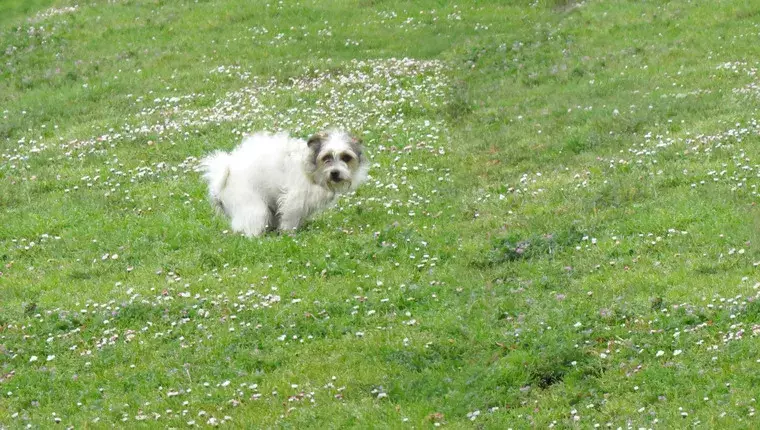There was a time when walking through a neighborhood park meant encountering the peculiar sight of white dog poop—a curious phenomenon that elicited both laughter and bafflement among dog owners. This quirky characteristic of canine waste faded into obscurity by the 1990s, creating a mystery that still prompts questions today. Investigating this oddity reveals more than just a curious change in aesthetics; it illustrates how shifting dietary practices can directly impact the health of our furry friends.
The Role of Calcium in Dog Diets
Historically, many commercial dog foods were laden with calcium-rich bone meal. While calcium is a crucial nutrient for any animal’s diet, it proved to be too much of a good thing when allocated in excessive quantities. Just as humans can suffer side effects from overconsumption of vitamins, dogs too have a threshold for calcium absorption; anything beyond what their bodies can handle is expelled as waste. This was particularly true in the case of white dog poop, as the chalky color was largely a result of this unabsorbed substance.
When dog waste was exposed to the sun, the evaporation of water led to a crystallization process, turning it into a striking, albeit unattractive, white mound. The connection may seem trivial, but it underscores the malleability of pet health in response to nutritional choices.
A Shift Towards Health-Conscious Pet Diets
In recent years, there has been a burgeoning awareness among dog owners regarding the importance of quality nutrition. This has led to a fundamental shift in available dog food options—from budget brands overflowing with byproducts to premium selections emphasizing whole ingredients. The rise of vegan dog food and brands promoting ‘ancestral diets’ reflects a growing consciousness about what goes into our pets’ bodies.
As a result, the dietary deficiencies that once fueled the production of white dog poop have diminished. Dog owners now prioritize holistic health, resulting in less calcium being excreted in a visible and concerning manner. As this evolution in pet food continues, it reflects a broader trend toward more informed pet ownership, ultimately leading to healthier pets.
Health Implications of White Dog Poop Today
While the absence of white dog poop might be a welcome relief, it also serves as a cautionary tale. Modern dog owners must remain vigilant about their pets’ nutritional balance. While seeing white dog poop used to be a mere observation of its time, today it could symbolize an underlying health issue if it does appear. Conditions like hypercalcemia can indicate serious health concerns, including urinary problems.
The moral of the story becomes clear: responsible pet ownership goes beyond picking up poop; it involves being proactive about dietary choices and their implications for health. If any strange changes occur in a dog’s bowel movements, it is prudent to consult a veterinarian immediately.
In essence, the disappearance of white dog poop is not just a lighthearted anecdote; it is a reflection of the fundamental relationship between canine nutrition, health, and responsible pet care.

